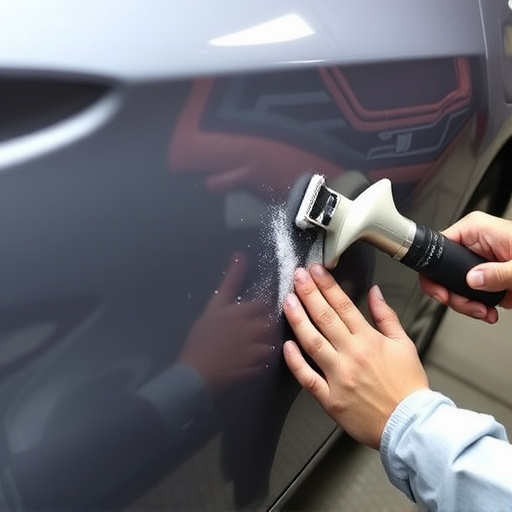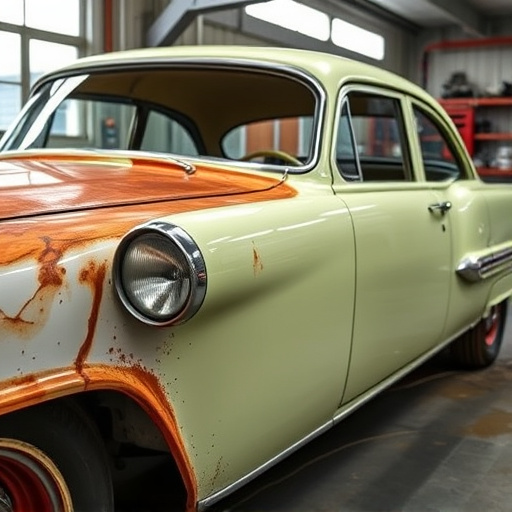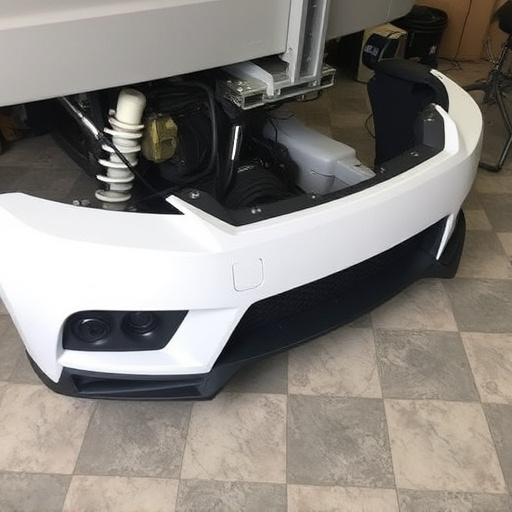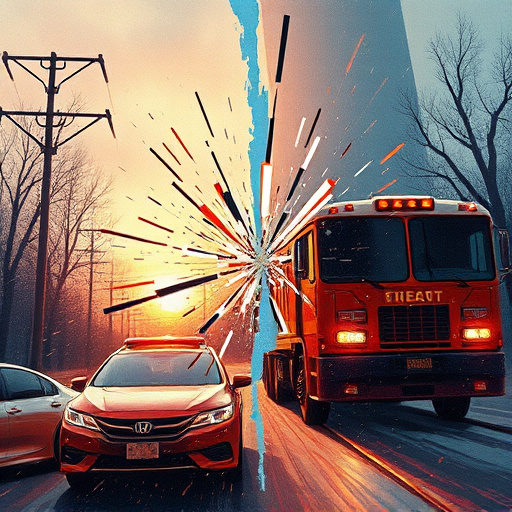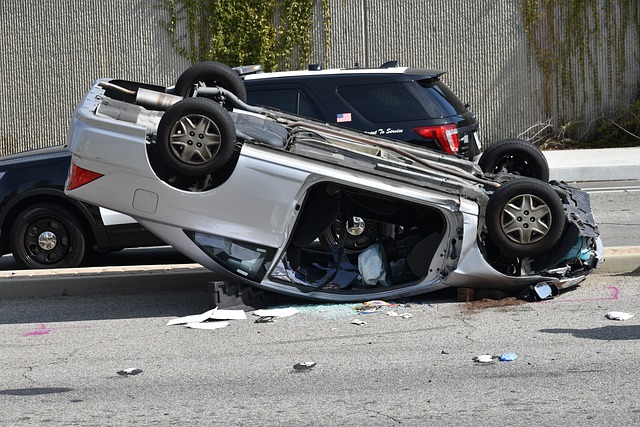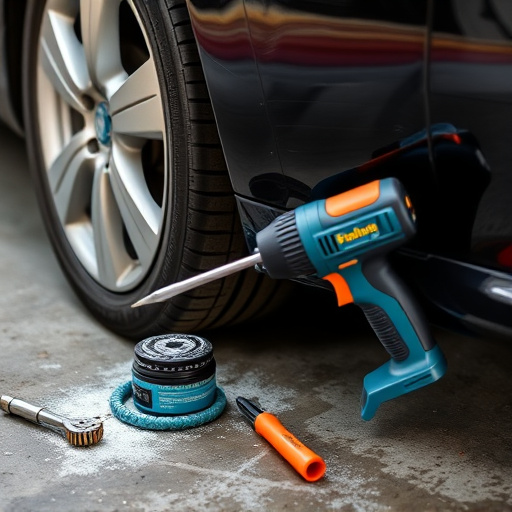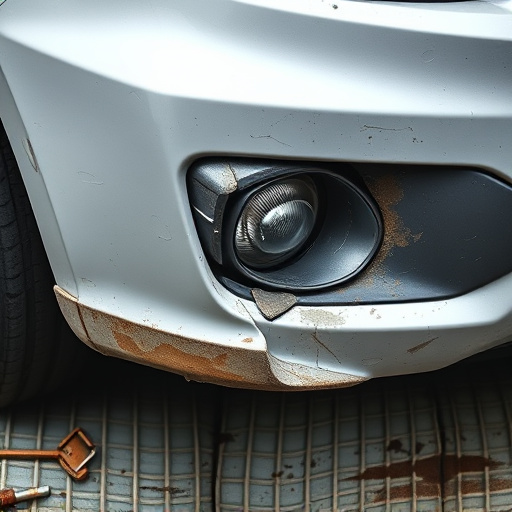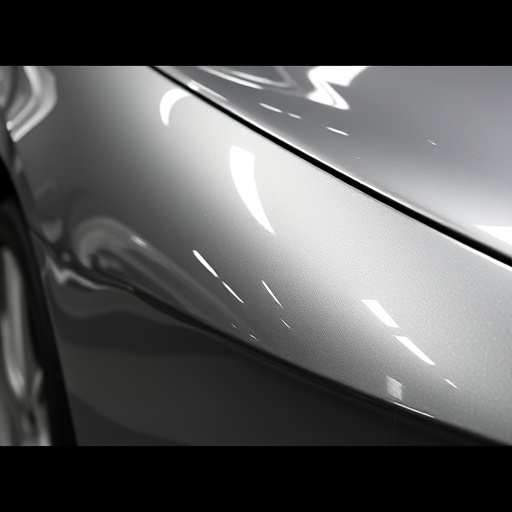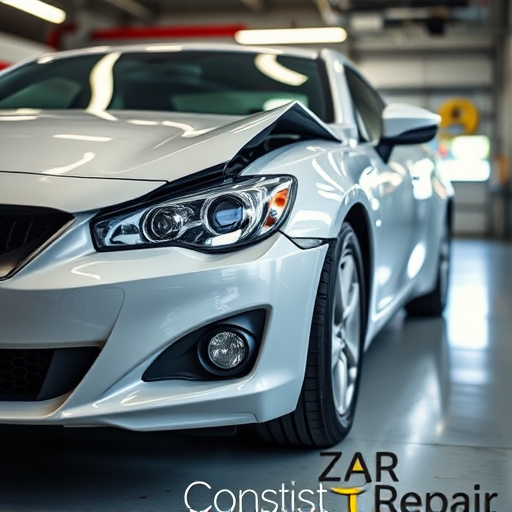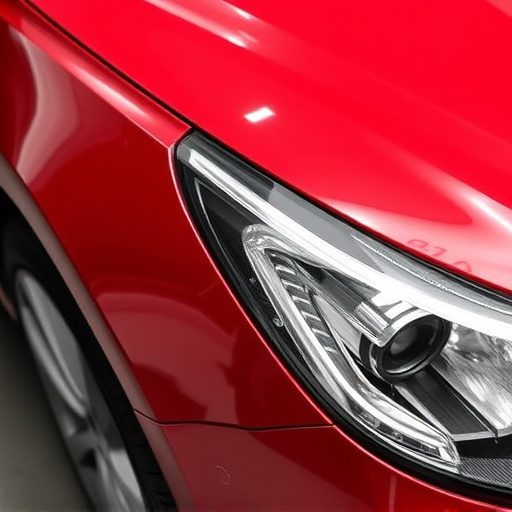When assessing wind damage to a car, start with a meticulous visual inspection for dents, cracks, and creases in exterior panels and frame. Use bright light or mirrors to spot hard-to-reach areas of damage. Combine this with touch tests for rigidity and stability. Regularly inspect your vehicle for scuffs, scratches, and nicks caused by debris. Examine paint lines and trim pieces for signs of impact. A thorough wind damage auto body check ensures structural integrity and safety. Skilled technicians in auto body shops use specialized tools to uncover hidden dents and paint shifts, addressing both apparent and concealed wind damage.
In the face of increasingly frequent and intense storms, understanding wind damage to vehicles is crucial. Many drivers focus on immediate, visible signs like scratches and dents, but overlook deeper, hidden threats to structural integrity. This article delves into the complete picture of wind damage auto body checks, from identifying scuffs and frame shifts to long-term effects and preventive measures. By considering both surface and underlying issues, drivers can ensure safer journeys and higher resale values.
- Assessing Visible Signs of Wind Damage
- – Identifying scuffs, scratches, and dents caused by airborne debris.
- – The role of wind speed and direction in determining the extent of visible damage.
Assessing Visible Signs of Wind Damage
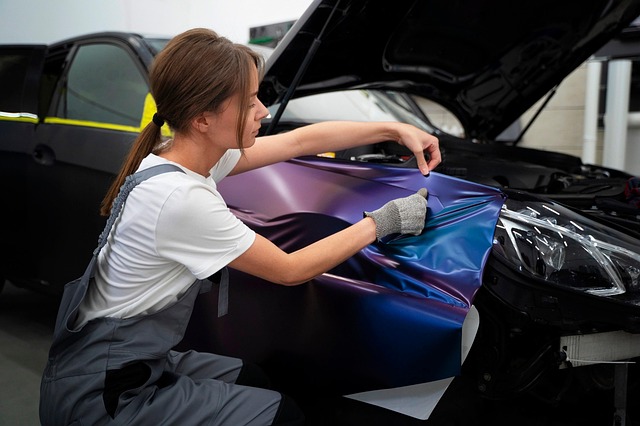
When assessing wind damage to an automobile’s body, the initial step is to inspect for visible signs. These can manifest in various forms, from noticeable dents and dings on the exterior panels to potential cracks or creases in the car’s frame. Even subtle indications of stress, such as paint inconsistencies or misaligned body panels, could point to underlying structural issues caused by high-speed wind forces.
A thorough visual examination should encompass the entire vehicle, focusing on areas prone to wind damage like roof lines, doors, fenders, and quarter panels. Using a bright light or mirror can aid in spotting hard-to-reach dents or cracks. By combining this method with touch tests for rigidity and stability, drivers can gain valuable insights into the extent of potential wind damage auto body repairs required, including dent removal, fender repair, or even car scratch repair procedures to restore their vehicle’s pre-storm condition.
– Identifying scuffs, scratches, and dents caused by airborne debris.

Inspecting your vehicle for wind damage is a crucial part of regular auto maintenance, especially if you live in areas prone to strong winds or severe weather conditions. When assessing for wind damage auto body issues, it’s essential to look beyond the obvious. While dents and cracks may be immediately visible, many scuffs, scratches, and nicks are caused by airborne debris, such as dust, dirt, and small rocks dislodged during high-wind events. These can accumulate over time, creating a worn appearance and potentially leading to more significant structural issues if left unattended.
During your auto body check, pay close attention to the car’s exterior panels, including doors, fenders, and trim pieces. Look for uneven paint lines, discolored areas, or signs of pitting that might indicate impact from debris. Regular car restoration practices can help mitigate these effects by keeping the vehicle clean and regularly washing it, which helps to prevent debris buildup and makes any existing damage easier to spot. Remember, a thorough inspection is key to ensuring your vehicle’s structural integrity and safety on the road.
– The role of wind speed and direction in determining the extent of visible damage.

Wind speed and direction play a significant role in assessing visible damage to vehicles during wind storms. Stronger winds can cause more extensive damage, from deep denting and creasing to complete panel detachment. The direction of the wind also matters; side or rear impacts may result in different patterns of damage compared to frontal blows. Inspectors should carefully consider these factors when performing wind damage auto body checks.
While visual inspection is crucial, it’s not always enough. High-speed winds can leave subtle marks that might go unnoticed at first glance, such as hidden dents or paint shifts. That’s where professional collision repair expertise comes in. Auto body shops with skilled technicians use specialized tools and techniques to uncover these hidden defects, ensuring comprehensive repairs for optimal vehicle safety and aesthetics.
When assessing wind damage to auto bodies, drivers often overlook subtle signs like scuffs, scratches, and dents caused by airborne debris. Understanding the relationship between wind speed, direction, and visible damage is crucial for thorough inspections. By recognizing these often-missed indicators, individuals can ensure comprehensive wind damage auto body evaluations, leading to more effective repairs and vehicle restoration.
